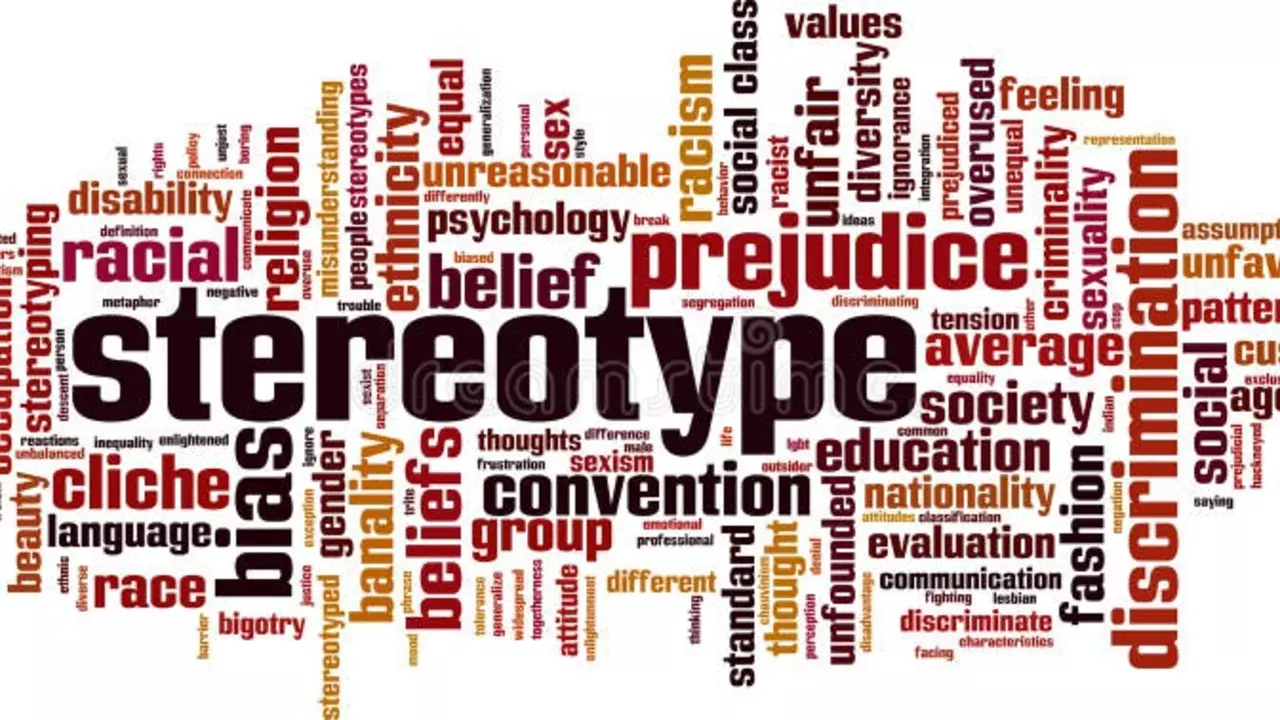Cultural Stereotypes: What They Are and How to Break Them
Ever heard someone say "all X are like that" and felt a little uneasy? That uneasy feeling is a sign you just bumped into a cultural stereotype. A stereotype is a mental shortcut that groups a whole culture into a few traits. It saves brain effort, but it also paints people with a broad brush that rarely matches reality.
These shortcuts form early, often from movies, news stories, or even family jokes. When you hear the same description over and over, it sticks. You start to expect certain behaviors, foods, or attitudes from anyone belonging to that group, even if you’ve never met them. The problem isn’t that we like patterns – it’s that the patterns are usually incomplete or outright wrong.
Think about the classic examples: assuming all Italians love pizza, that every Asian excels at math, or that all Middle Eastern people are strict. These ideas sound harmless, but they limit how we see individuals and can shape the way we treat them. A person might feel pressured to live up to a stereotype, or they might be judged before they speak.
Why do stereotypes matter? First, they influence decisions at work, school, and even in everyday conversations. A hiring manager who believes “women aren’t good at tech” might overlook a qualified candidate. A teacher who expects less from a student based on ethnicity could unintentionally lower that student’s performance. The ripple effect is huge – stereotypes can keep opportunities locked away from groups that need them most.
Why Stereotypes Matter
Beyond missed chances, stereotypes affect mental health. Being constantly labeled can lower self‑esteem and create anxiety. People might hide parts of themselves to avoid confirming a stereotype, which leads to a loss of authentic connection. On a larger scale, societies that cling to stereotypes often see increased tension, misunderstanding, and even conflict.
Practical Ways to Challenge Stereotypes
1. Question the first thought. When a stereotype pops up, pause and ask yourself: "Do I have real evidence, or am I just repeating a story?" This tiny habit stops the autopilot mode.
2. Seek out diverse voices. Read books, watch documentaries, or follow social media accounts from people outside your usual circle. Real stories replace vague clichés.
3. Talk about it. If you hear a friend or colleague use a stereotype, gently point it out. Explain how it can be hurtful and offer a more balanced view.
4. Focus on individuals. Instead of asking "Do people from X act this way?" ask "How does this person think and feel?" Personal questions reveal the nuance stereotypes hide.
5. Reflect on your own biases. Everyone carries some. Write down the stereotypes you notice in yourself, then actively look for evidence that disproves them.
Breaking stereotypes isn’t a one‑time fix; it’s a habit you build over time. Start small, keep the conversation open, and watch how your perspective widens. The more we challenge these mental shortcuts, the clearer we see each other as unique individuals, not just labels.
Next time you catch a stereotypical thought, treat it like a pop‑up ad – close it, move on, and keep browsing for the real content behind the screen. Your brain will thank you, and the people around you will notice the difference.
Is India really such a bad country?
In my exploration of the question "Is India really such a bad country?", I found that like any nation, India has its share of challenges, but labeling it as 'bad' is an oversimplification. India's rich culture, history, and rapid technological advancements are areas of immense pride. Yes, it grapples with issues like poverty, corruption, and social inequality, but it's also a country of resilience, diversity, and opportunity. It's necessary to understand that every nation has its own struggles and India is no exception. In conclusion, India, with its complexities, cannot be confined to the binary of good or bad.
